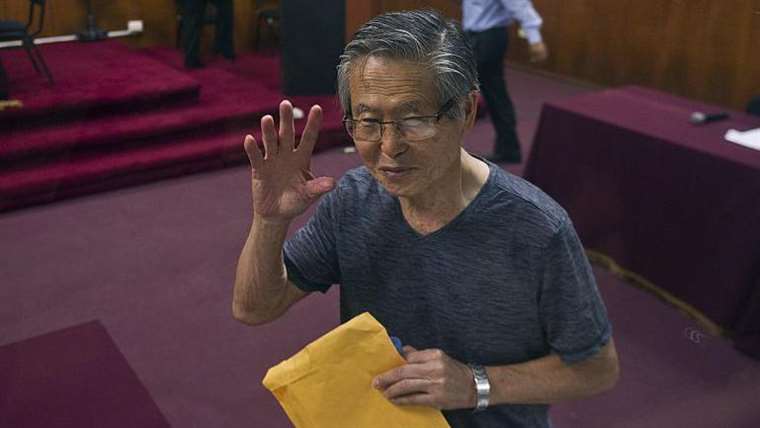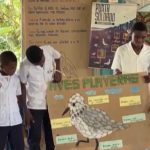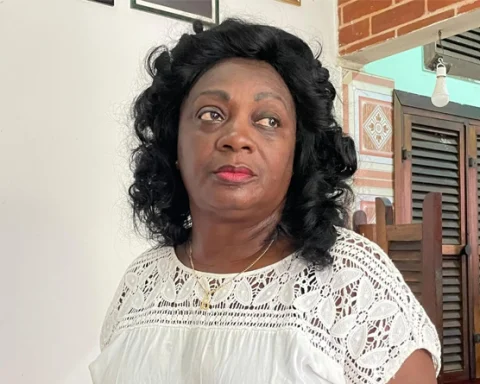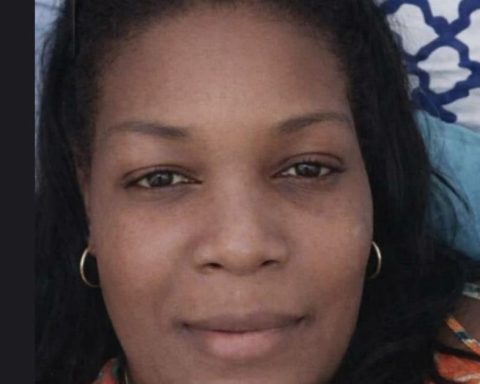September 11, 2024, 10:42 PM
September 11, 2024, 10:42 PM
Nine months after his release for health reasons, former Peruvian President Alberto Fujimori died on Wednesday, September 11, at the age of 86.
His daughter Keiko communicated the news through X, in a message in which she said goodbye to her father and asked for a prayer for the repose of his soul.
Fujimori’s release from prison took place on December 6, 2023, 14 years after being sentenced to 25 years in prison for the crimes of qualified homicide, serious injuries and kidnapping aggravated by cruel treatment.
Although he was released by a presidential pardon in 2017, the Supreme Court again requested his imprisonment the following year after reconsidering arguments presented by the Inter-American Court of Human Rights (IACHR).
However, the Constitutional Court ruled on December 5, 2023 “the lack of jurisdiction of the IACHR” on this case and dismissed the reimprisonment order.
Fujimori was found guilty of ordering a death squad, known as the Colina Groupcarrying out two massacres, as well as for his participation in the kidnappings of journalist Gustavo Gorriti and businessman Samuel Dyer, both in 1992.
The crimes he was accused of took place in the context of Peru’s internal conflict in which the government carried out a campaign against the insurgent armed group Shining Path.
These were the cases that led to the first time a Latin American president was imprisoned for crimes against humanity.
Barrios Altos Massacre
On November 3, 1991, six masked men broke into a party in a small apartment in the district Upper Townsa lower-class area adjacent to the Presidential Palace.
The men were members of the death squad which became known as the Colina Group.
According to the testimony of one of the members, the objective was to capture suspects from Shining Path but, as the time of the operation approached, he realized that the purpose was to kill them.
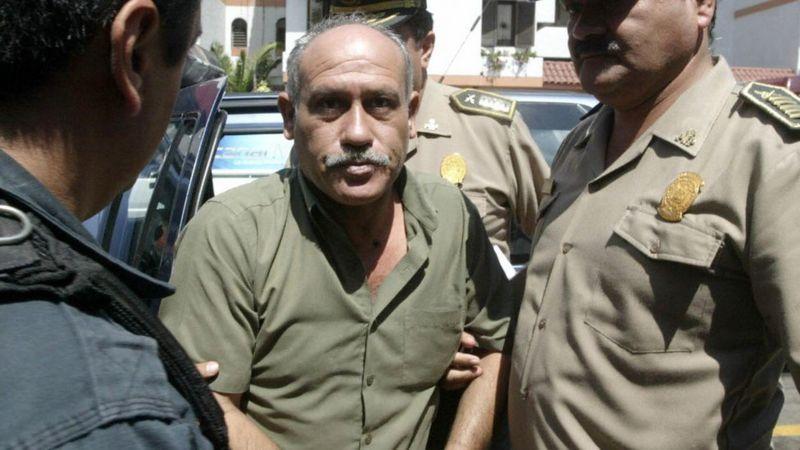
The masked men fired at the attendees, killing 15 people —including an 8-year-old boy—and seriously injuring four.
But the Barrios Altos massacre was a mistake. Bad intelligence led the squad to mistook the party for a secret meeting of the insurgent group and killed innocent civilians.
The same witness described how he and his fellow squad members drank beer and toasted on the beach hours after the massacre.
La Cantuta massacre
In the early hours of July 18, 1992, members of the National Intelligence Service (SIN) and the National Directorate against Terrorism (Dincote), most of them members of the Colina Group, forced their way into the student residences of the Enrique Guzman y Valle National Universityknown as The Cantuta.
The operation was in response to an explosion in the Miraflores neighborhood, claimed two days earlier by the Shining Path, which was one of the deadliest attacks in a campaign of bombings by the insurgent organization, which left 25 dead and more than 200 wounded.
In La Cantuta, troops ordered students to leave their rooms and placed them face down on the floor.Nine individuals were separated from the group and taken by force.
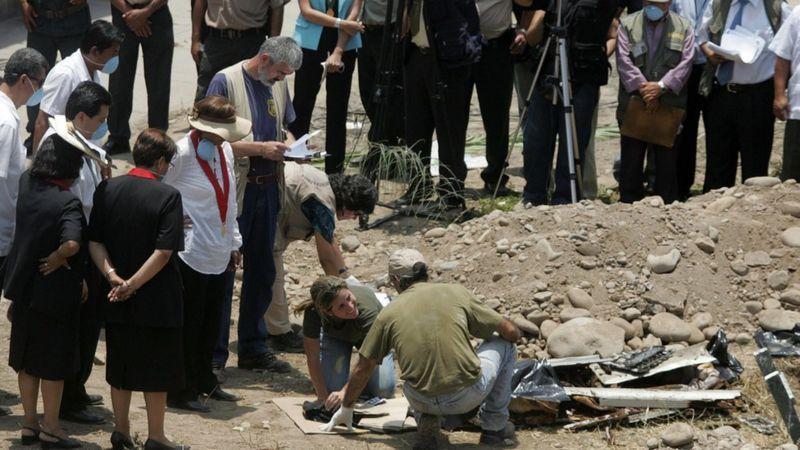
Meanwhile, a group of soldiers broke into the professor’s residence. Hugo Munoz SanchezAfter searching the property, they took him away too.
According to the Prosecutor’s Office that investigated the case, The nine students and the teacher were forcibly disappeared and murdered.
The Colina Group had burned the bodies, making identification difficult. In 1995, Fujimori declared an amnesty that covered the members of the squad.
Kidnapping of journalist Gustavo Gorriti
Gustavo Gorriti is a journalist who stood out in the 1980s reporting on the conflict between the government and Shining Path, recognized for his knowledge of the organization.
It was also a Critic of the Fujimori government.
In 1992, he published a series of articles in the magazine Caretas where he linked the government with drug trafficking organizations, implicating in particular Vladimiro MontesinosFujimori’s “strong man” and director of the Army Intelligence Service between 1990 and 2000.
In reaction to the articles, on April 6, 1992, a unit of the Peruvian army He arrested him at his home and took him to the cellars of the Intelligence Service..
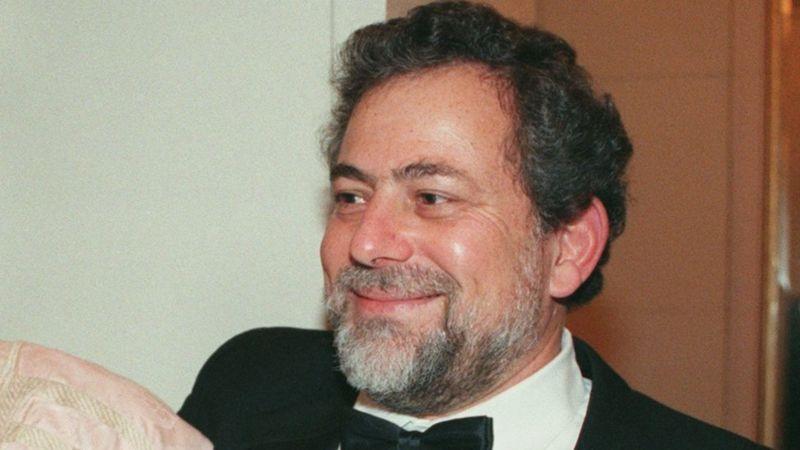
The kidnapping happened during the so-called “Fujimorazo” or self-coup, a constitutional crisis in which Fujimori dissolved Congress and arrested several opposition figures.
Gorriti’s wife alerted the press and foreign governments, including the United States. International pressure caused the journalist to be transferred to an official detention center and Two days after his kidnapping he was released.
Gorriti lived in exile during the 1990s, first in the United States and then in Panama.
Kidnapping of businessman Samuel Dyer
On July 27, 1992, Samuel Dyer was at Lima International Airport, ready to travel to the United States.
Without a court order, he was prevented from boarding a plane by SIN personnel and taken to the immigration offices where he was informed that he had an arrest warrant.
That’s where it went from there violently transferred to the dungeons of the Army Intelligence Service (SIE)where he remained deprived of his liberty and was interrogated about his alleged collaboration with Shining Path.
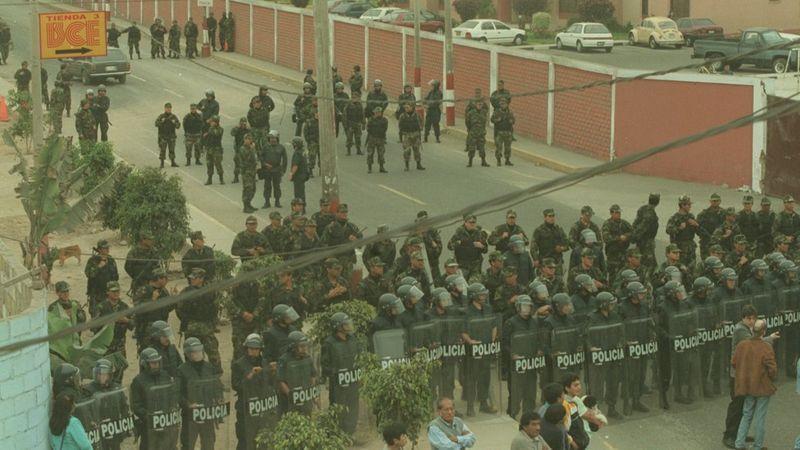
The businessman was subjected to a four-day investigation, without justification or evidence, until They had no way of finding “terrorist links”.
The SIE smuggled him out of its headquarters, left him on the street and “made him flee.” Dyer temporarily took refuge in the Mexican embassy in Lima and shortly after left for the United States with his family.
Several military officers received harsh sentences for their involvement in these crimes, including Julio Salazar Monroe, former head of the SIN, and Juan Rivero, former head of the SIE.
Fujimori was found guilty of ordering the Barrios Altos and La Cantuta massacres, as well as of endorsing the kidnappings of Gorriti and Dyer.
* This note was originally published following the release order for Fujimori and updated on September 11, 2024 with his death.

Remember that you can receive notifications from BBC News Mundo. Download the latest version of our app and activate them so you don’t miss our best content.
